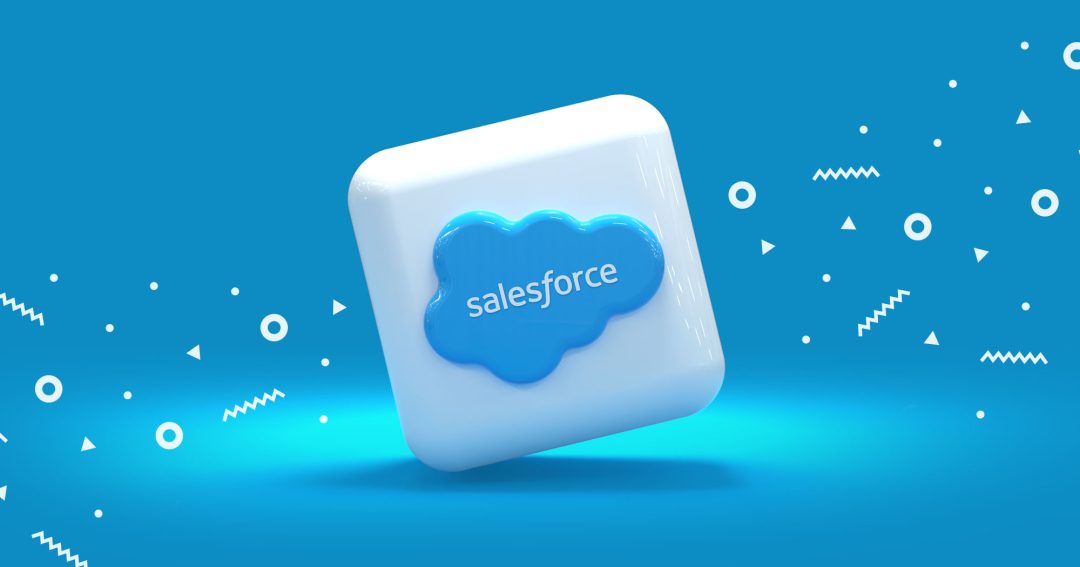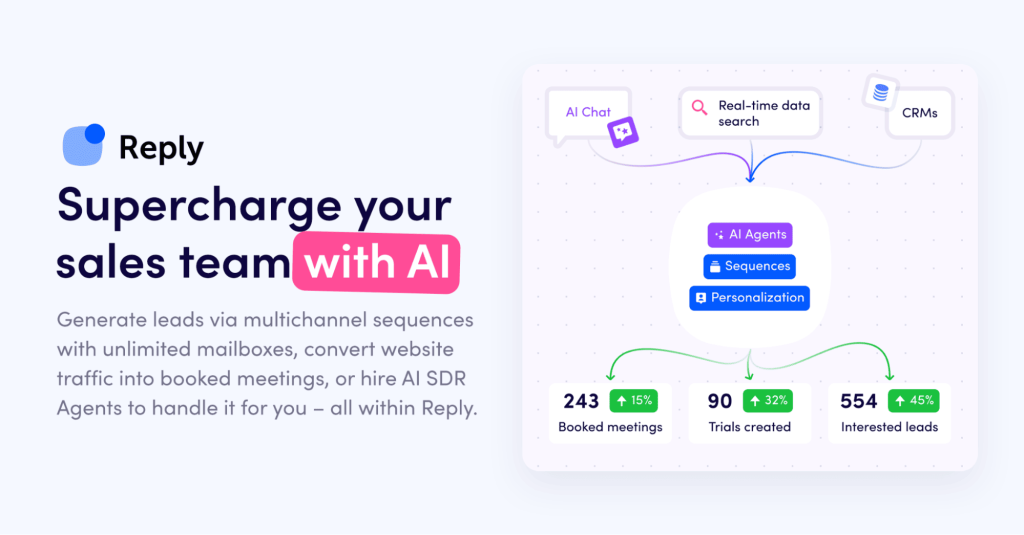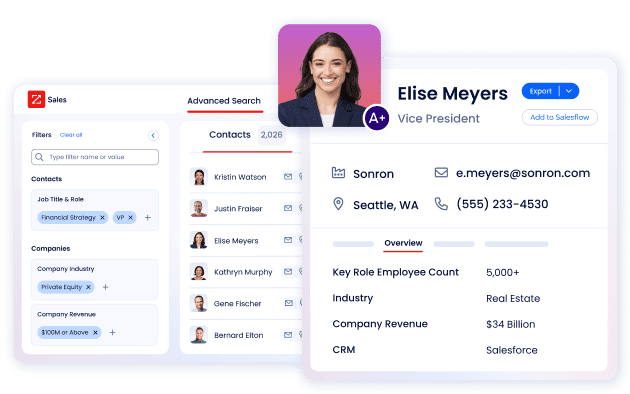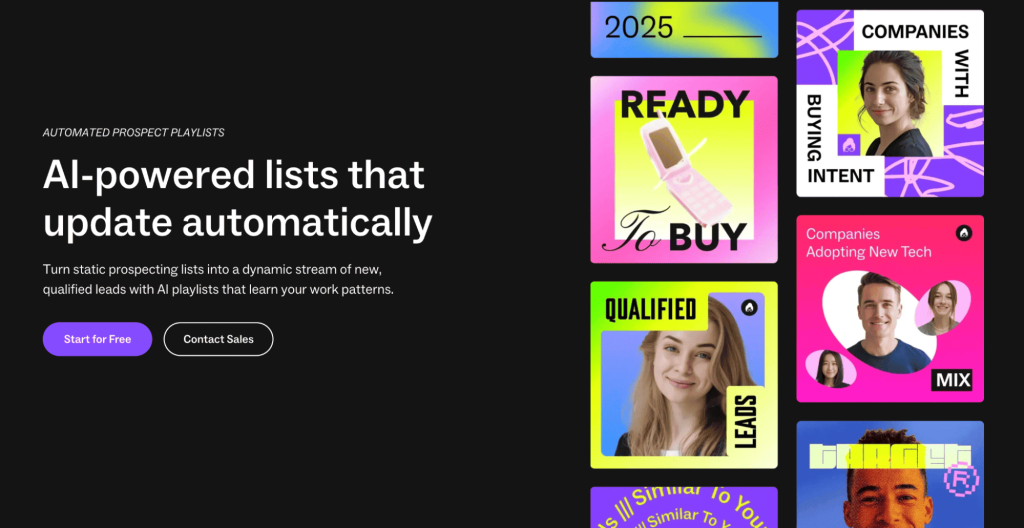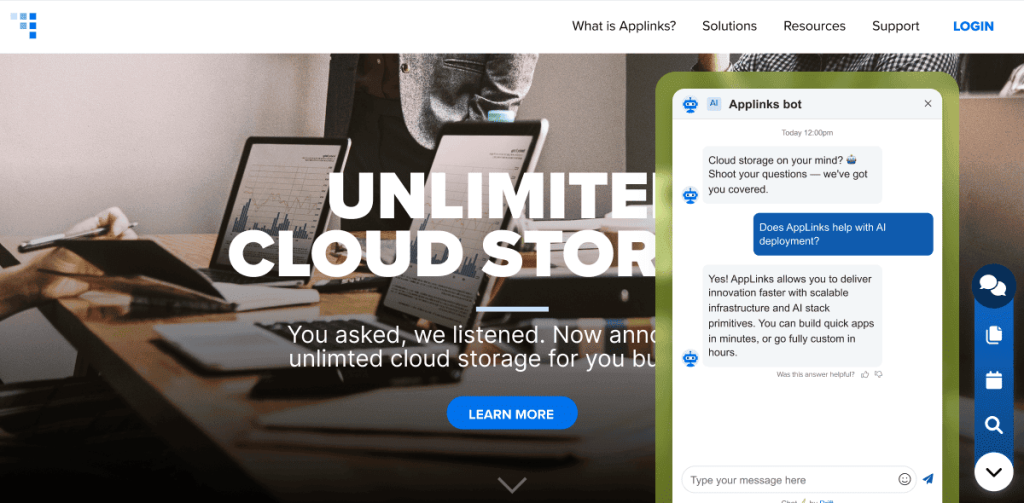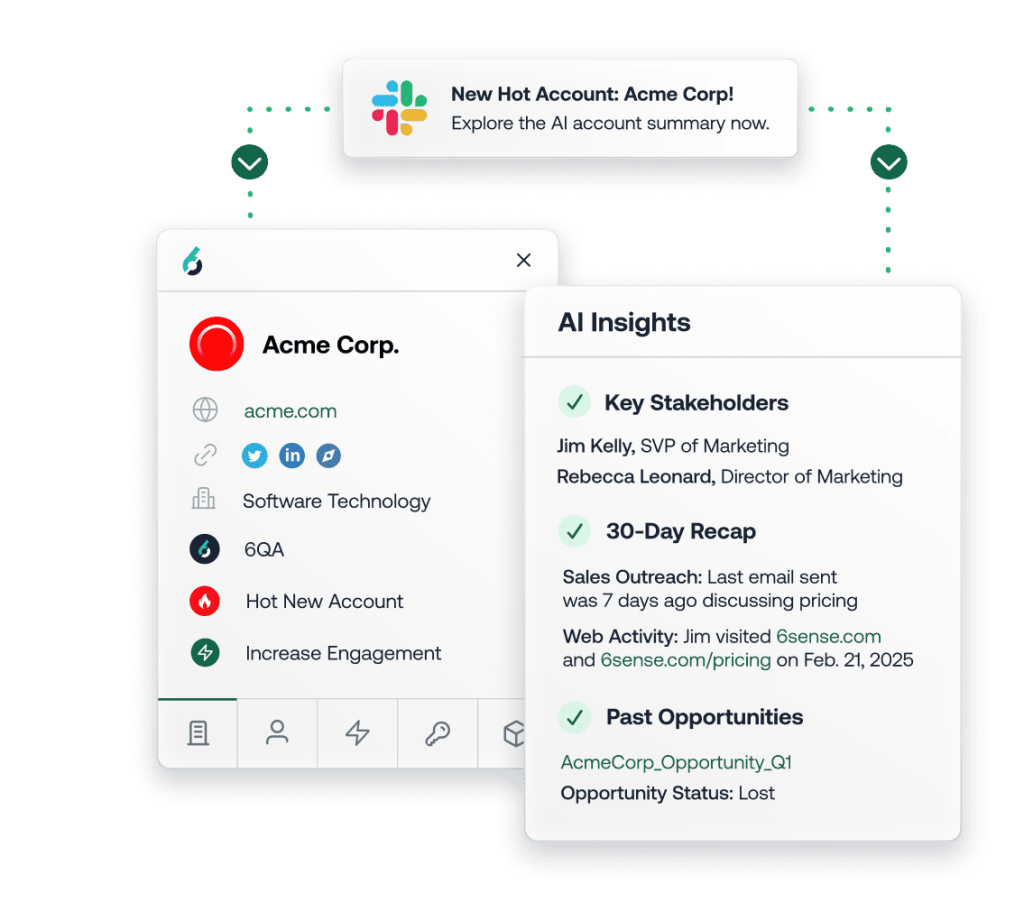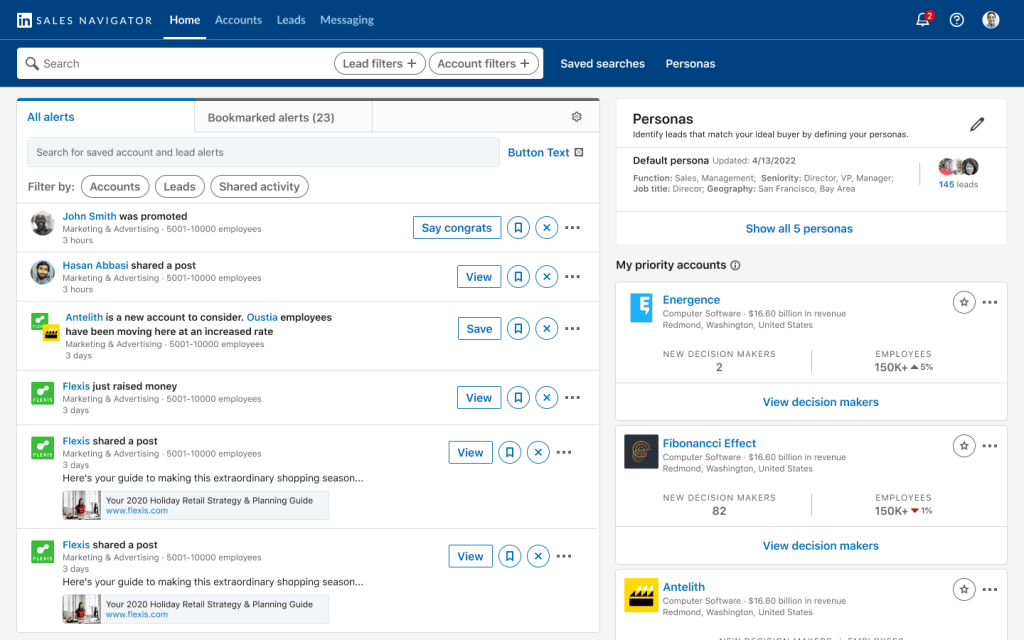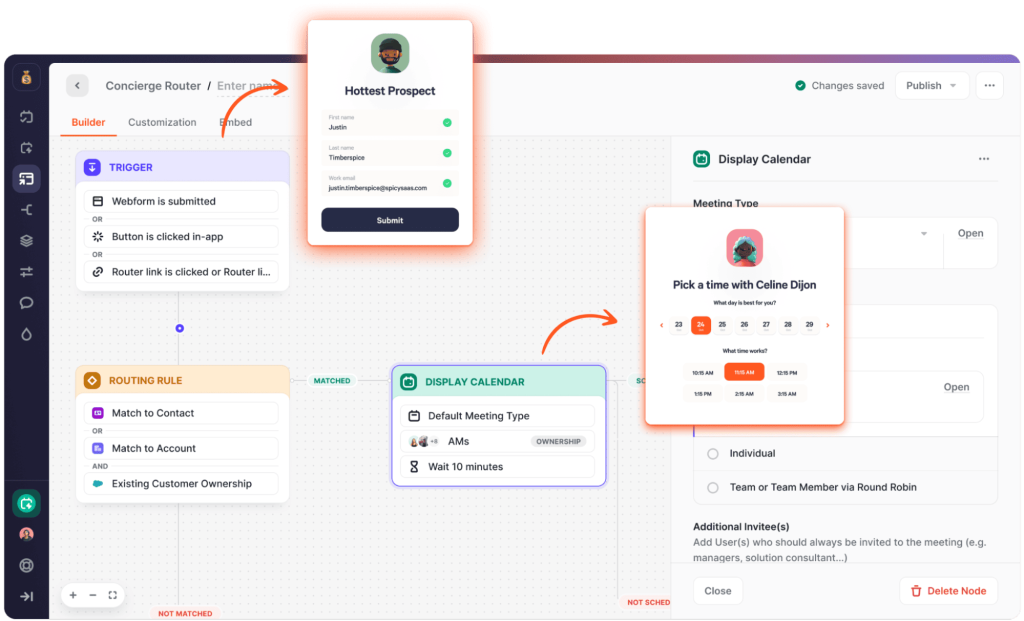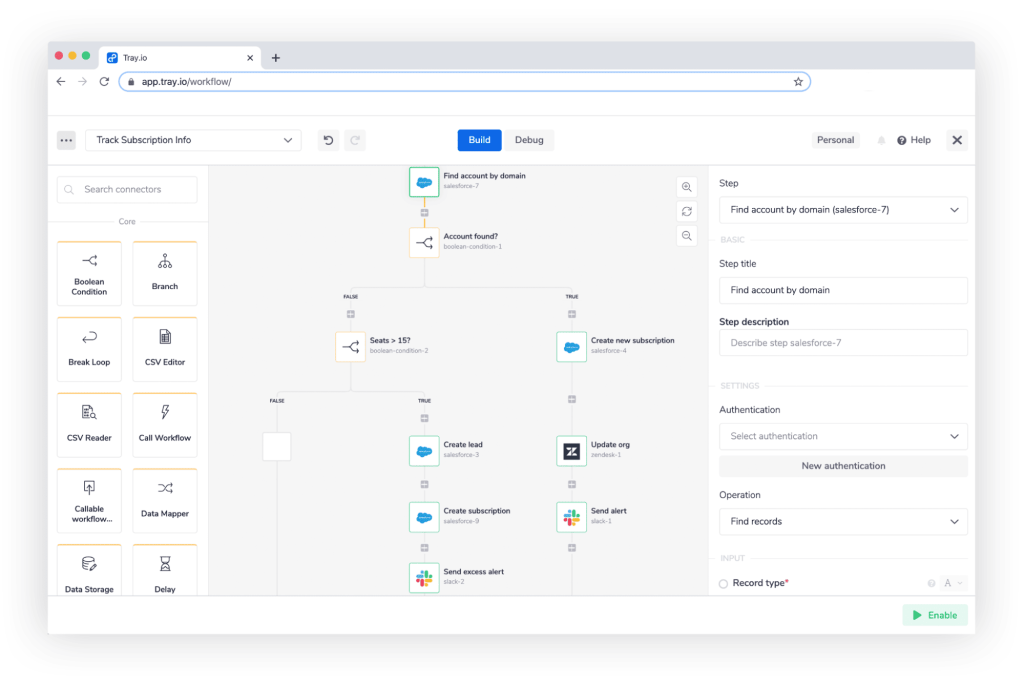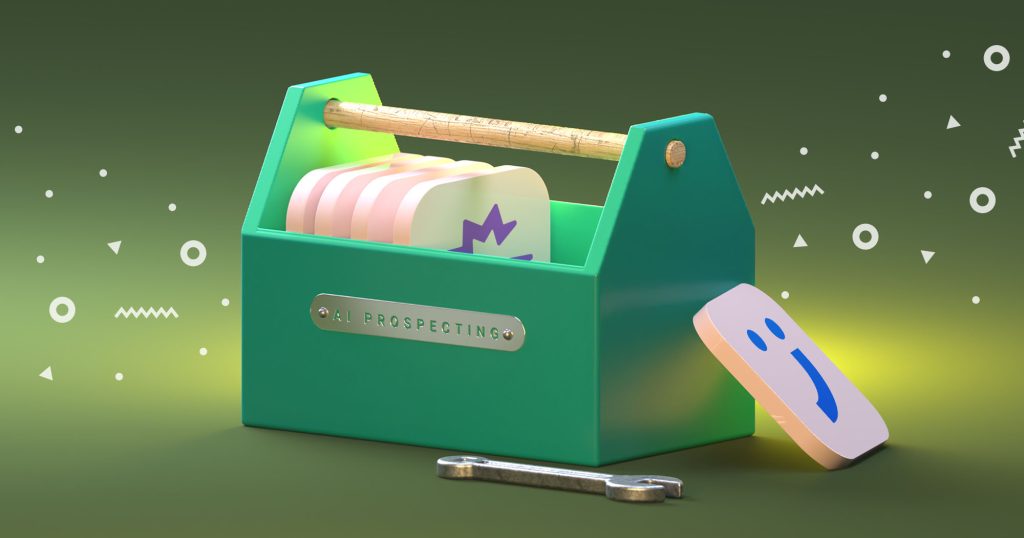A company’s sales tech stack isn’t just a collection of apps — it directly impacts operational success.
However, new software solutions are coming to life at an unprecedented pace, established products are consistently adding new features and consolidating, and AI is transforming the entire tech world as we know it.
This choice overload can lead to overlapping features, disconnected data, and unnecessary costs, let alone all the anxiety of building a functioning tech stack.
One of the best ways to get everything in order is to build a solid tech foundation. For most businesses, that means a reputable AI CRM platform like Salesforce, where all customer data and sales processes can be tracked.
Once that’s in place, there are numerous sales prospecting tools that seamlessly integrate with Salesforce and turn it into a powerhouse ecosystem, enabling your sales team to maximize efficiency and crush the competition.
The key here is cutting through the noise and figuring out which tools are worth the investment, which is why we’ve collected the top 10 prospecting tools that integrate with Salesforce, from sales intelligence to AI-powered outreach and beyond.
What are Salesforce prospecting tools?
Salesforce is one of the leading customer relationship management (CRM) platforms in the world for centralizing and managing all customer interactions. It’s the home-base operating headquarters for many sales departments that offers numerous pipeline management and reporting features.
That said, no software solution can possibly fill in all the blanks of the modern sales process, and despite everything it brings to the table, Salesforce is no exception. This is where Salesforce prospecting tools come into play.
Simply put, these are prospecting tools that seamlessly integrate with the Salesforce CRM, either adding new features to the sales ecosystem or enhancing existing features with more specialized tech.
Prospecting as a whole involves numerous sales processes, most notably — finding targeted prospects, researching prospect and company data, and reaching out to them with personalized messages.
Salesforce sets the foundation for sales operations with customer profiles, activity logs, and it’s brand new Agentforce (AI agents). But it’s the more specialized sales prospecting tools that transform it into a powerful sales engine.
As an example, while Salesforce has basic outreach capabilities, supplementing it with a specialized sales engagement platform like Reply.io enables sales teams with AI-powered multichannel sequences.
In essence, the main goal is to fully streamline and automate the entire prospecting cycle, so sales reps can focus on building relationships and closing deals, while their sales tech stack looks for qualified prospects and launches outreach campaigns in the background.
Types of prospecting tools that integrate with Salesforce
There are many different types of sales prospecting tools out there, and which ones you decide to build on to Salesforce solely depends on your unique business needs.
The main categories of tools that integrate with Salesforce include:
- Data providers & lead enrichment → platforms that provide (sometimes automatically) up-to-date prospect and company data to fill in all the gaps in Salesforce customer profiles. The more data each prospect profile contains, the more personalized and timely each interaction can be.
- Outreach platforms → sales engagement platforms enhance, automate, and scale your outreach efforts. They leverage AI to hyper-personalize every message you send based on the most relevant data points stored in your CRM. These tools determine with precision the most optimal message, channel, and timing to maximize response rates.
- AI sales agents → also known as AI SDRs, these are new revolutionary tools that handle multiple prospecting tasks on their own, with virtually no human intervention. Once trained, they will automatically look for targeted prospects, enrich their profiles, and launch tailored outreach campaigns. Leading AI SDRs like Jason AI will also handle responses and book meetings on your behalf (more on that later).
- Scheduling & routing tools → these focus on the critical step of booking meetings and managing leads. They typically integrate with Salesforce to use existing CRM data such as lead owner, territory, qualification status, etc., and analyze your sales team’s calendars to connect prospects with the right rep, eliminating the back-and-forth and ensuring hot leads are engaged immediately.
- Sales intelligence → platforms providing buyer intent signals at scale that notify reps when prospects are more likely to make a purchase. Connected with Salesforce, these tools will not only enrich existing customer profiles but also flag potential opportunities and provide sales reps with actionable next steps to ensure a closed deal.
- AI chatbots → while outbound prospecting is the foundation of sales, an increasing number of leads are now coming to businesses on their own terms. This is where AI Chatbots can be a solid supplement to your Salesforce ecosystem by capturing, qualifying, and nurturing inbound leads.
The two main categories — lead generation and outreach — are a no-brainer, and would greatly benefit virtually all businesses out there.
As for the rest, companies should “audit” their Salesforce operations and identify any gaps, for example: Are customer profiles missing relevant data points? Are inbound leads effectively captured and nurtured? Once all these questions are answered, you’ll have a clear understanding of how to supercharge your Salesforce stack.
Top 9 Salesforce prospecting tools for 2025
Without further ado, it’s time to dive into the best prospecting tools for Salesforce tech stacks. Each tool is specialized in one or two sales processes, each offering a unique value point, though certain features may overlap among them.
Most of these are AI sales prospecting tools, bringing in not only new features and workflows but also entire AI engines to supercharge Salesforce.
